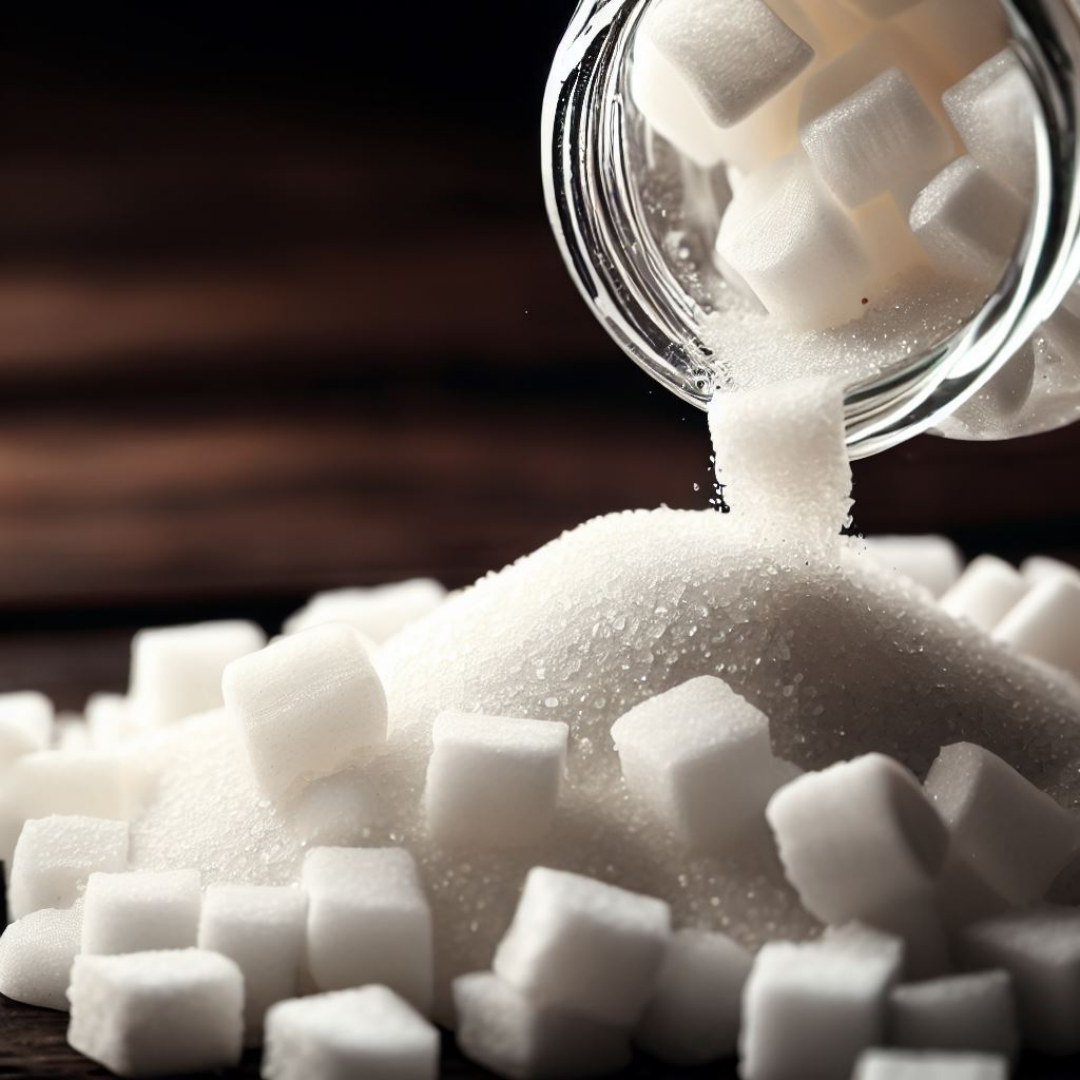The escalating global obesity crisis has spurred a quest for healthier sugar alternatives, leading to the emergence of various substitutes in recent years.

The escalating global obesity crisis has spurred a quest for healthier sugar alternatives, leading to the emergence of various substitutes in recent years. While these alternatives offer a reprieve from calorie-laden sweeteners, some artificial options have raised health concerns.
In a new study, researchers from the University of Vienna shed light on the safety of sucralose, an artificial sweetener, as a potential alternative to sugar.
Understanding Sucralose:
Sucralose, commercially known as Splenda, was discovered in 1976, but it gained FDA approval in the United States in 1998.
Derived from real sugar through a process that replaces certain groups with chloride atoms, sucralose is calorie-free and passes through the body without being metabolized, rendering it a zero-calorie option. Remarkably, it’s approximately 600 times sweeter than regular sugar, requiring significantly less to achieve the same level of sweetness.
Controversies Surrounding Sucralose:
Research on sucralose has yielded mixed results. Some studies suggest it may aid in weight management compared to sugar and other artificial sweeteners. However, concerns have been raised regarding potential negative effects, including increased insulin resistance and liver inflammation.
Bacterial Endotoxins and Gut Health:
The study delves into bacterial endotoxins, components of gram-negative bacteria cell walls. These endotoxins play a crucial role in bacterial resistance to antibiotics and can adversely impact the body when released. Certain foods, particularly those high in fat or sugar, have been associated with elevated levels of endotoxins in the gut, leading to metabolic endotoxemia.
The Study’s Findings:
The University of Vienna’s research involved 18 participants within specific BMI ranges. They were instructed to abstain from intense sweeteners for three weeks prior to the study.
Participants were provided with different beverages containing either sucrose, sucralose, or a sucralose-maltodextrin blend. The results revealed that those who consumed sucrose exhibited higher levels of bacterial endotoxins in their blood plasma compared to those who consumed sucralose or the sucralose-maltodextrin blend.
Impact on Intestinal Barrier Function:
Using a model of colon cells, researchers assessed whether sweeteners affected the integrity of the intestinal barrier. The study demonstrated that sucralose had no significant impact on bacterial endotoxin levels. Conversely, sucrose led to a notable increase in endotoxin levels, alongside heightened concentrations of intestinal fatty acid binding protein, indicative of potential barrier disruption.
Expert Perspective:
Monique Richard, a registered dietitian nutritionist and spokesperson for the Academy of Nutrition Dietetics, noted the study’s small participant size and highlighted the substantial sucrose dosage provided in the study, potentially skewing results.
Conclusion:
While the study offers valuable insights into sucralose’s effects on gut health, further research with larger participant groups and varied sweetener dosages may be necessary to draw conclusive evidence. The quest for a suitable sugar substitute continues, emphasizing the importance of balanced, informed dietary choices in the face of rising health concerns.
In summary, sucralose presents itself as a potential alternative to sugar, but the broader landscape of sugar substitutes demands ongoing scrutiny to ensure optimal health outcomes.